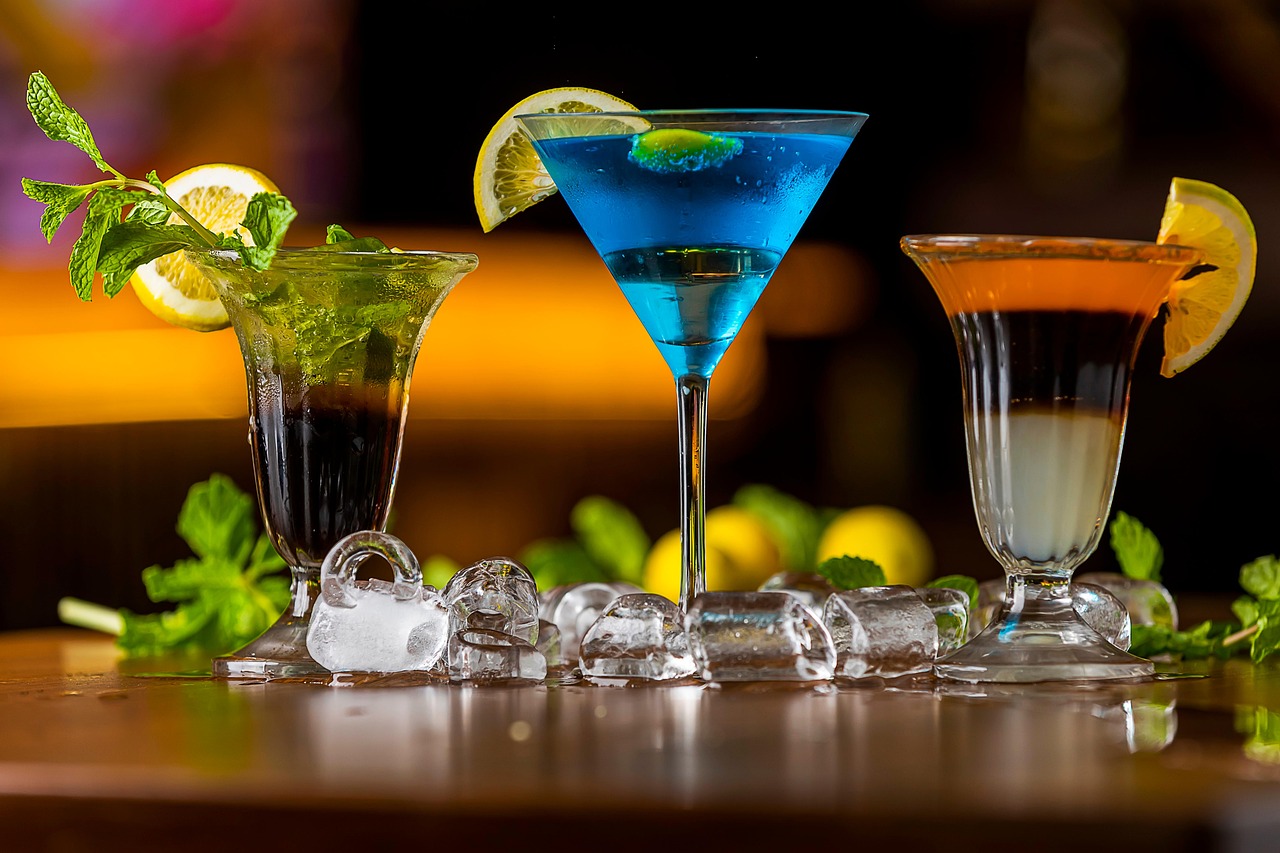Alcohol as a health drink or the key to success for women. Oldřich Vávra from the Department of Marketing at the University of Economics in Prague focuses on how advertising and marketing of alcoholic beverages have evolved.
The Czech Republic is still one of the countries with the highest per capita consumption of alcohol in the world, but the long-standing tolerant attitude of the Czech public towards alcohol is beginning to change. Thanks to awareness campaigns, legislative measures and marketing, the image of alcohol in society is changing. Take a look at how and why advertising has changed over time.
The presentation of alcohol in marketing has changed gradually, in the context of social changes, with the arrival of generations with different life experiences during adolescence and later in life, and secondarily under pressure from legislative changes.
Until the Velvet Revolution, alcohol marketing in our country took a different path than in Western Europe. Until the 1970s, marketing communication for alcohol was only very limitedly regulated – advertisements in the media, including those in public spaces, appeared without major restrictions in terms of location, time, and the choice and wording of messages. Alcohol was associated with social prestige, success, entertainment and even health benefits. Targeting younger audiences was not uncommon either. Alcohol communication was virtually ubiquitous in public spaces and was also visible in art, sponsorship and product placement.
In the Czech non-market environment of a planned economy, marketing practices were only used to a limited extent, and even less so when it came to alcohol. The communist state did not need advertising to sell alcohol successfully, and openly promoting alcohol consumption would have been ideologically unacceptable. Even so, alcohol consumption in Czechoslovakia was significantly above the world average. The only forms of marketing communication (although it was not called that) for alcohol were labelling of production and sales outlets, restaurants and sales outlets in shops. The products themselves, packaging, means of transport and, to a limited extent, restaurant equipment were labelled. If we look at the media, i.e. print, radio and television, we would be hard pressed to find any advertising for alcoholic products.
In the 1980s, alcohol taxes increased in the Czechoslovak Socialist Republic and educational campaigns encouraging moderate alcohol consumption and informing the public about the health and social consequences became more widespread. There was no need to regulate advertising and marketing in relation to alcohol, as, as already mentioned, the communist state never allowed it in this product category. However, alcoholism as a multidimensional problem was a source of concern and a burden for the communist state.
However, the approaching 1990s brought a certain discontinuity to the Czech environment in the general process of growing social reflection and the corresponding regulation of the alcohol market. After the fall of the communist regime in 1989, there was inevitably a significant liberalisation in social, political and economic terms.
Due to the transformation of society as a whole, the creation of a market economy and the intoxication of possibilities, a number of new brands appeared and marketing activities intensified, temporarily inspired by older Western models. Advertisements for alcohol were common in all types of media and even appeared outdoors in places that would be unthinkable today, such as near schools. In addition, it was possible to place advertising spots between 6 a.m. and 10 p.m.
Advertisements used themes and claims that would not be acceptable today. For example, an advertisement for Becherovka at the time promoted the drink as beneficial to health thanks to its herbal ingredients. There was public debate and criticism, but legal support and enforceability were limited.
At that time, it was already common in Western Europe for alcohol to be subject to strict restrictions in marketing communications. These mainly concerned the broadcasting of advertisements with regard to children and young people, a ban on the sponsorship of sporting and cultural events by alcohol brands, and a ban on linking alcohol with driving motor vehicles, violence, aggression or sexual success. Many of these themes were common in advertising in our country in the 1990s.
After 1990, legislative restrictions were introduced in our country to regulate the content of alcohol advertising in connection with the protection of young people. Specific provisions on alcohol advertising were introduced, for example, in the 1995 Advertising Regulation Act. By 2000, alcohol advertising targeting children and young people was completely illegal.
A number of ‘wild’ marketing practices and themes in alcohol advertising were not banned until 2001 by the Radio and Television Broadcasting Act, which stipulated that alcohol advertising must not associate the consumption of alcoholic beverages with increased physical performance or driving, or create the impression that the consumption of alcoholic beverages contributes to social or sexual success.
It was not until much later, with the advent of self-regulatory initiatives, that slogans such as ‘Drink responsibly’ or ‘www.napivosrozumem.cz’ began to appear, particularly in beer advertisements, with a positive, educational and preventive purpose.
In alcohol marketing communications, the emphasis has gradually shifted to product quality, origin and tradition. The glorification of consumption has disappeared and a more sophisticated targeting of consumer segments has begun. Surprisingly, but not entirely, this includes women.
With the advent of the internet and social media, alcohol marketing has moved online, presenting new challenges for communication, marketing and sales. In the online environment, alcohol brands are trying to circumvent restrictions through influencer sponsorship or subtle forms of promotion.
For example, influencer Andrea Verešová was criticised for promoting alcohol on Instagram, where she claimed that alcohol has healing properties. It is highly likely that alcohol marketing rules and marketing itself will continue to evolve in line with new media and the possibilities they offer.
Author: Oldřich Vávra, Department of Marketing, Faculty of Business and Management, University of Economics, Prague
Source: mediaguru.cz

